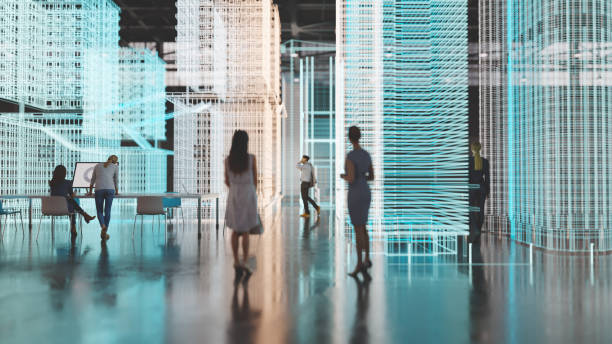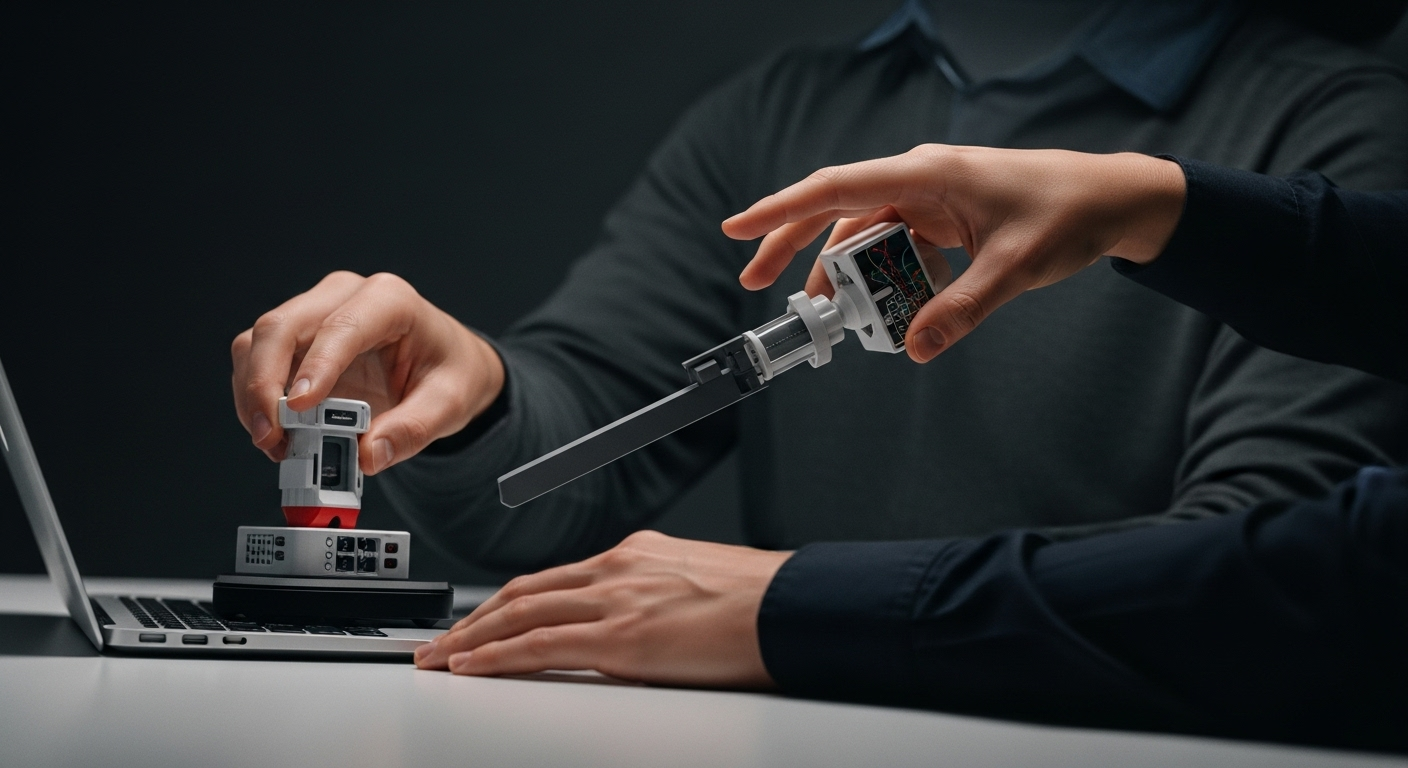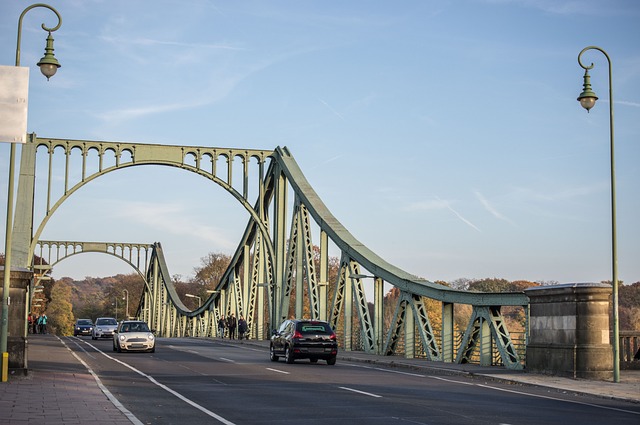Kinetic Sculpture: The Art of Motion in Stillness
In the ever-evolving world of contemporary art, kinetic sculpture stands as a mesmerizing intersection of engineering and artistic expression. This dynamic form of art, which incorporates movement as a central element, has been captivating audiences and challenging perceptions of traditional sculpture for decades. From delicate mobiles that sway with the slightest breeze to intricate mechanical installations that pulse with life, kinetic sculpture invites viewers to engage with art in a uniquely interactive way.

Mechanics Meet Aesthetics
As technology advanced, so did the complexity and scope of kinetic sculptures. Artists began incorporating motors, gears, and even computer programming into their works. Jean Tinguely’s self-destructing sculpture Homage to New York (1960) pushed the boundaries of what art could be, creating a piece that was as much about the process of its demise as its initial form. These mechanical marvels blur the lines between sculpture, performance, and engineering.
The Environmental Influence
In recent years, kinetic sculptors have turned their attention to environmental themes. Works like Anthony Howe’s wind-powered sculptures not only captivate with their hypnotic movements but also serve as a commentary on sustainable energy. These large-scale installations harness natural forces, creating a dialogue between art and nature that resonates with contemporary concerns about climate change and resource conservation.
Interactive Experiences
The rise of interactive art has given kinetic sculpture new life in the digital age. Artists like Random International have created installations like Rain Room, where visitors can walk through a downpour without getting wet, thanks to motion sensors and precisely controlled water droplets. These immersive experiences challenge our perception of space and our relationship with natural phenomena, all while engaging us in a playful, tactile way.
The Future in Motion
As we look to the future, kinetic sculpture continues to evolve. The integration of artificial intelligence and machine learning is opening up new possibilities for responsive, adaptive artworks. Imagine sculptures that learn and change their movements based on viewer interactions or environmental data. This fusion of art, technology, and interactivity promises to keep kinetic sculpture at the forefront of artistic innovation for years to come.





